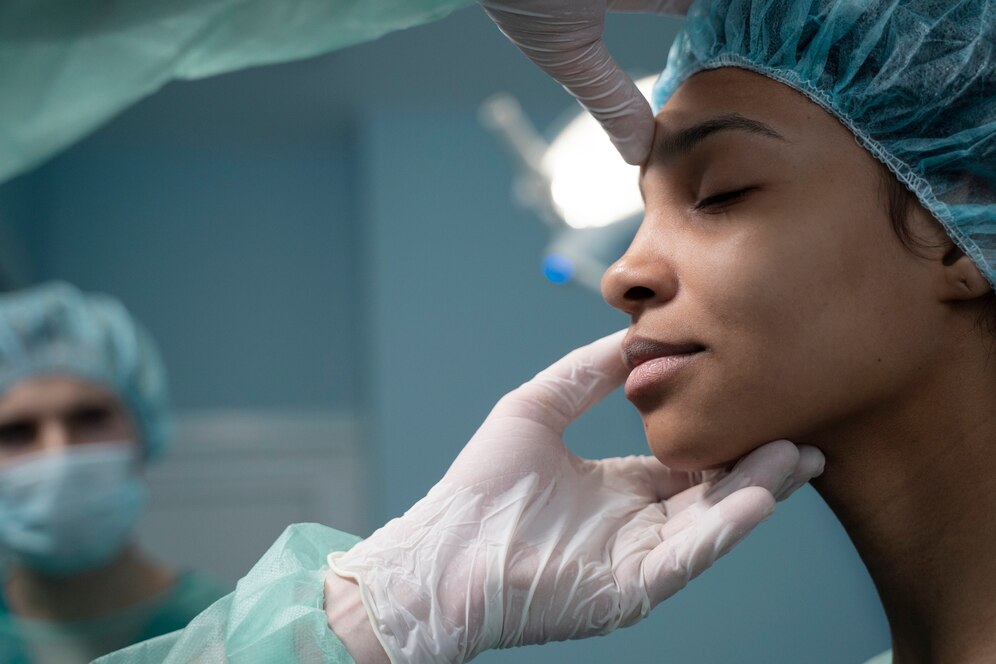
Rhinoplasty
- Hospital Stay: 1 Day
- Operation Time: 6-8 Hours
- Anesthesia: General
- Recovery Time: 6-12 Months
Rhinoplasty is a surgical procedure, also commonly known as “rhinoplasty,” and aims to change the shape and appearance of the nose. This operation, performed for both aesthetic concerns and to correct respiratory problems, is usually performed surgically and involves making changes to the shape, size, and ratio of the nose to the face. Rhinoplasty operation is performed with two main techniques: closed and open rhinoplasty. In closed rhinoplasty, the surgeon accesses through the nose and all incisions are made inside the nose, leaving no visible scars from the outside. In open rhinoplasty, the surgeon makes a small incision under the skin of the nose to expose the cartilage and tissues between the nostrils. Both techniques are preferred in certain situations and vary depending on the surgeon's preference and the patient's needs. Rhinoplasty operation is usually performed for the following situations:
- Aesthetic concerns: Rhinoplasty may be performed due to undesirable changes in nose shape or size. These include conditions such as drooping nose tip, arches or curvature on the back of the nose, wide or narrow nose tip.
- Breathing problems: Some people may experience breathing problems due to curvature of the nasal septum, overgrowth of nasal cartilages, or other anatomical problems. Rhinoplasty can help correct these problems.
